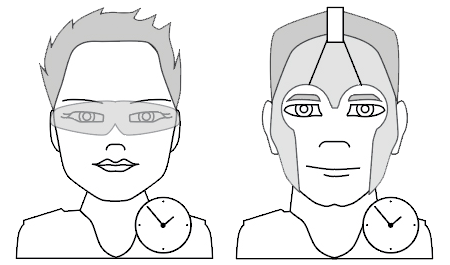Choose Your Own Adventure
An interactive analytics game
You've arrived, Prophet.
You're playing Choose Your Own Adventure as the Prophet analyst. Good luck!
Over one billion tourists travel each year. They spend over $885 billion on their trips worldwide. But who? And where?
Which country’s tourists spends the most money?
You choose to:
Build a scatterplot with country names and tourism expenditure. Then, you cluster countries by expenditure in Tableau, making it easy to see that (1) the United States is an outlier with high tourist spend, and (2) Germany and the UK form a distinct second group with high spending from their tourists as well.
You discover that:
Tourists from the U.S. spend the most money while traveling—by far. Tourists from Germany and the UK are runners up.
Advanced analytics technique:
You used clustering, or cluster analysis. Clustering is a statistical method for grouping data points. It helps you create groups with members similar to each other, and distinctly dissimilar from members of other groups. Tableau uses the k-means clustering algorithm with a variance-based partitioning method, which ensures consistency between runs. Learn more about how clustering works in Tableau.
Now you want to know…
Where is money being spent?
You choose to:
View data for regional trends around tourist expenditure, which you have in a separate file. Using two data sets, you visualize money spent each year by region, and drag out trend lines in Tableau to verify the resulting graphs’ trajectories.
You discover that:
There are significant trends in tourist spend by region. How do you know? Because the p-values are much less than 0.05, and R squared values are close to 1 (more on this in the Online Help). Translation: Most of your data points are very close to the trend line you’ve identified, so this model fits your data well. Tourist spend in Asia Pacific, in particular, seems to be increasing faster than in other regions.
Advanced analytics techniques:
You conducted trend analysis. Trend analysis compares the same values over time, identifying relationships between associated variables. You also performed a cross-database join with regional market data. Cross-database joins integrate data from multiple data sets for more complete analysis.
Now you want to know…
In the future, how might Thailand specifically contribute to Asia Pacific’s growth?
You choose to:
Investigate Thailand’s contribution to Asia Pacific’s growing influence on global tourism expenditure. You see that, in 2013, Thailand received about $47 billion from tourists; but in 2014, the country received only $42 billion. You create an R model in Tableau to predict how many tourists it would take to surpass 2013’s tourism income level.
You discover that:
Thailand would need 29 million more tourists to reach their new income goal.
Advanced analytics technique:
You used R integration for predictive modeling, specifically multiple linear regression. R is a programming language used to perform sophisticated analysis and predictive analytics on large sets of data. Models previously built in R can be leveraged in Tableau, allowing you to extend your analysis even further.
Start a new adventure as:
Sage Analyst
Voyager Analyst
Mastermind Analyst
Advanced Analytics with Tableau
Discover how Tableau's advanced analytics features work.




